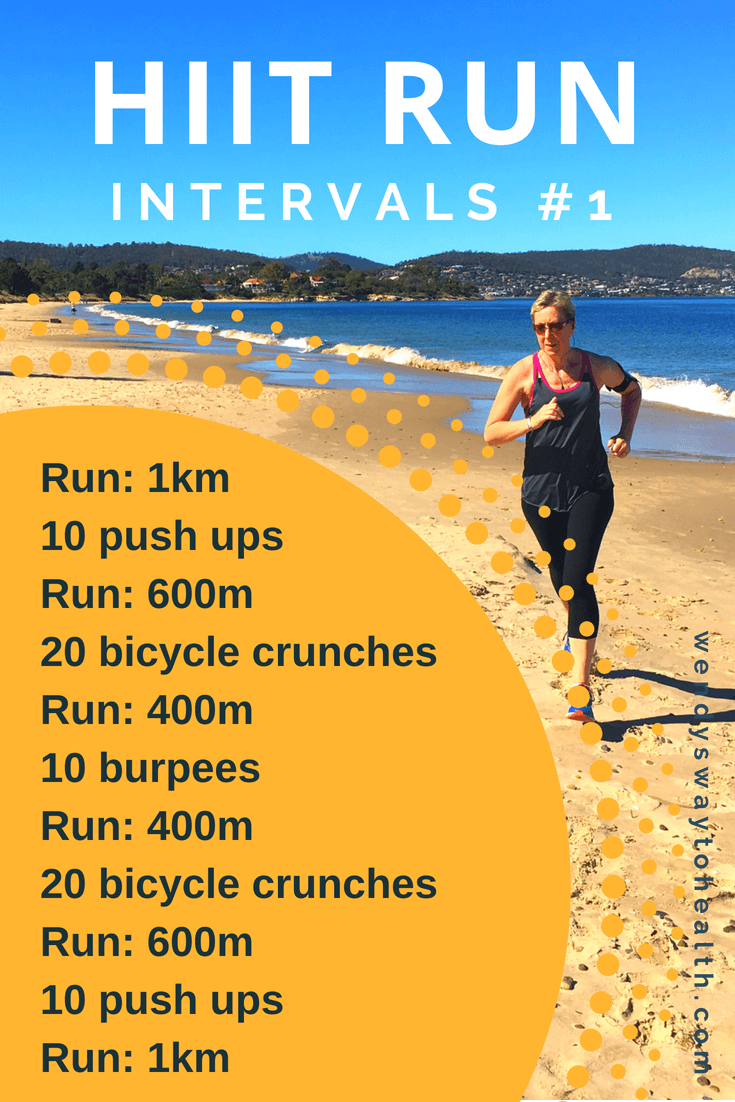Raise Your Running Strategy with Proven Techniques
Wiki Article
Exactly How to avoid and Manage Discomfort in Running: Specialist Tips and Advice
As runners, we often discover ourselves captured in between the excitement of pushing our physical boundaries and the discomfort that can accompany it. The quest of that runner's high can occasionally be impeded by the unwelcome friend of pain. Whether you are an experienced marathoner or a novice striking the pavement for the very first time, the bothersome visibility of pain and discomfort is a common denominator. There exist tested approaches and expert recommendations that can help alleviate and handle these discomforts, allowing you to concentrate on the delight of running itself.Relevance of Appropriate Footwear
Appropriate footwear plays a vital role in protecting against and managing discomfort for runners, as it substantially influences their convenience, performance, and general foot health and wellness. When it involves running, wearing the right shoes can make all the distinction. Ill-fitting or inappropriate footwear can cause a host of issues such as sores, shin splints, plantar fasciitis, and also a lot more serious injuries like stress and anxiety fractures.Selecting the correct operating footwear includes thinking about factors such as foot kind, gait auto mechanics, running terrain, and individual choices. Joggers with high arcs may need more padding and support, while those with level feet might benefit from security shoes. Additionally, recognizing pronation (the internal rolling of the foot) and supination (the outside rolling of the foot) can assist in picking footwear that give the right degree of arch assistance.
Buying high quality running footwear that are proper for your private needs can help prevent pain and pain while boosting your running experience. Prioritizing correct footwear is not practically performance however also about protecting your foot wellness over time.

Efficient Warm-up Strategies
A dynamic workout regimen before a run assists increase blood circulation to the muscular tissues, improves versatility, and enhances the variety of activity of the joints. Dynamic stretches like leg swings, high knees, and hip circles are advantageous in preparing the body for the physical needs of running.Along with vibrant stretches, incorporating some light cardio exercises such as jogging or avoiding rope can additionally boost the heart price and heat up the body. This mix of dynamic extending and light cardio helps loosen up limited muscle mass, lubricate the joints, and mentally prepares the runner for the upcoming workout (running strategy). By making warm-ups a constant component of your running regimen, you can dramatically decrease the threat of injuries and perform at your finest throughout each run
Secret Stretching Exercises
When getting ready for a run, integrating essential extending workouts is vital to improve muscle flexibility and prevent injuries - Read More. Dynamic stretches such as leg swings, high knees, and hip circles are beneficial for heating up the muscular tissues and raising variety of movement before a run. These activities help boost blood circulation, loosen up limited muscles, and prepare the check it out body for the task in advanceFixed stretches like calf stretches, hamstring stretches, and quadriceps stretches should comply with a run to assist in muscle mass recovery and protect against tightness. Holding each go for 15-30 seconds permits the muscle mass to kick back and extend, lowering the danger of post-run discomfort and prospective injuries.
Additionally, incorporating yoga exercise positions like down pet, pigeon present, and spinal spins can target numerous muscle teams concurrently, advertising general flexibility and toughness. Consistent stretching regimens not only boost efficiency yet likewise aid in preserving excellent running kind and protecting against overuse injuries. Remember, appropriate stretching techniques are important for a safe and satisfying running experience.
Recuperation and Relax Methods
After finishing a run, executing effective recuperation and rest approaches is crucial for taking full advantage of performance and minimizing the danger of injuries. One important aspect of recovery is enabling the body time to rest and fix itself. Ample rest is extremely important as it is throughout remainder that muscular tissues recoup and expand more powerful. In addition, incorporating day of rest into your training timetable is important to stop overuse injuries and exhaustion.Energetic recovery techniques such as mild extending, foam rolling, and yoga exercise can help boost circulation, decrease muscle discomfort, and boost flexibility. It is also beneficial to prioritize hydration and nourishment post-run to restore electrolytes, glycogen stores, and advertise muscular tissue recuperation.
Cross-training activities like swimming or cycling can give a break from the repeated effect of running while still maintaining cardiovascular health and fitness - running workout. Paying attention to your body and recognizing when it needs a break is crucial to avoid persistent injuries and making certain lasting running success. Remember, remainder is not a sign of weak point however a crucial component of a well-rounded training routine
Cross-Training Benefits

It enables you to work on various elements of physical fitness that may not be targeted only through running, leading to a much more balanced and versatile athlete. Additionally, cross-training can assist enhance running efficiency by resolving muscular discrepancies and weaknesses that might prevent efficiency.
Conclusion
To conclude, appropriate shoes, warm-up techniques, extending exercises, recovery strategies, and cross-training are crucial components in preventing and handling discomfort in running. By incorporating these techniques right into your routine, you can minimize the danger of injury and discomfort while maximizing performance and pleasure of the sport. Read More. Keep in mind to pay attention to your body, prioritize rest and recovery, and seek specialist support when required to make sure a secure and efficient running experienceReport this wiki page